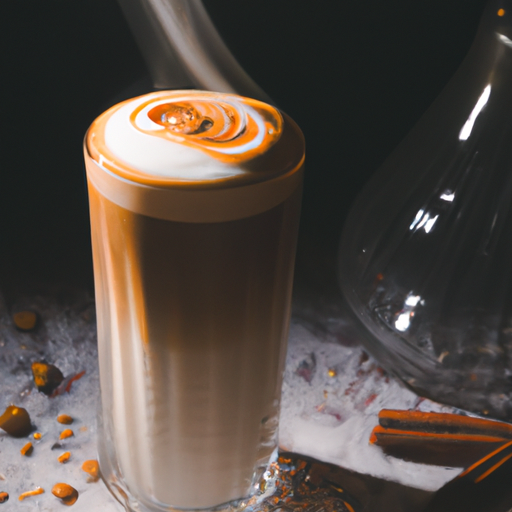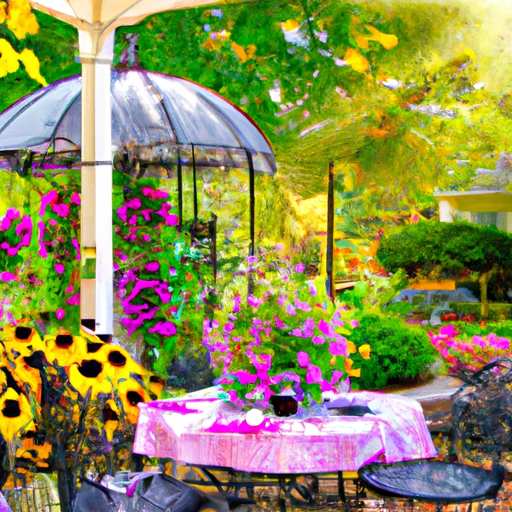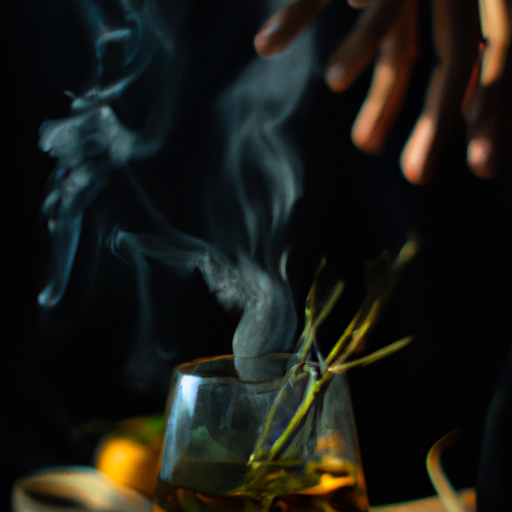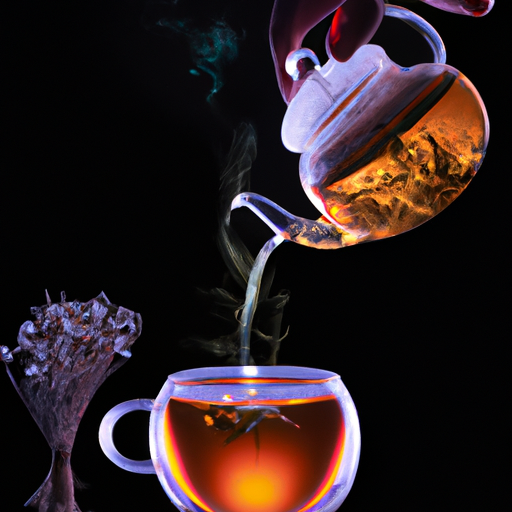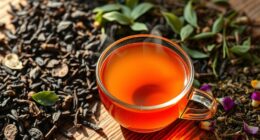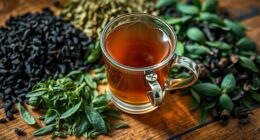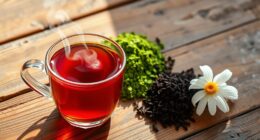I have a theory, my friends. A theory that brings together the boldness of espresso and the spiciness of chai in the best possible way. This theory is known as the dirty chai latte, and trust me, it’s a total game-changer.
This delightful concoction is made by infusing chai concentrate with a shot of espresso, resulting in a beverage that is bursting with flavor and aroma. Whether you prefer it hot or iced, the dirty chai latte is a versatile treat that can be enjoyed all year round.
Its origins can be traced back to the rich history of masala chai, a traditional Indian drink that has been cherished for over 5,000 years. In the 1990s, a brilliant barista accidentally poured espresso into a chai latte, and thus, the dirty chai latte was born. It has since become a beloved favorite in coffee shops around the world, and you can even find it on the secret menu at Starbucks.
So why not bring the magic of the dirty chai latte into your own home? With a few simple ingredients and a touch of creativity, you can create a delicious and satisfying beverage that will awaken your senses and leave you craving more.
Are you ready to embark on this flavorful journey with me? Let’s dive in and discover the best ways to prepare the perfect dirty chai latte.
Key Takeaways
- Dirty chai latte combines the flavors of espresso and chai, creating a burst of flavor and aroma.
- It can be enjoyed hot or iced, making it a versatile drink option.
- The drink originated from the ancient tradition of masala chai in India and gained popularity when espresso was added to it in the 1990s.
- Making a dirty chai latte at home allows for customization, such as adding sweeteners or using different types of milk for a dairy-free alternative.
What is it?
I love drinking dirty chai lattes because they’re a popular drink in coffee shops. They’re made with chai concentrate and espresso, and can be enjoyed either hot or iced.
Dirty chai is a delightful combination of two beloved beverages: chai tea and a coffee blend. The chai concentrate, which forms the base of this drink, is a blend of spices like cinnamon, ginger, cloves, and cardamom. It brings a warm and aromatic flavor to the latte.
The addition of espresso gives it a subtle kick of caffeine, making it perfect for those who enjoy the robustness of coffee.
Whether you prefer it hot to cozy up with on a chilly day or iced to refresh yourself during the summer, a dirty chai latte is a delightful treat that satisfies both coffee and chai lovers alike.
History and Origins
Although commonly associated with modern coffee culture, the origins of the Dirty Chai Latte can be traced back to the ancient tradition of Masala Chai in India.
Masala Chai, with a history dating back over 5,000 years, is made with a blend of aromatic spices like cinnamon, ginger, cloves, and cardamom. This rich and flavorful beverage has had a significant cultural significance in India, often being served during special occasions and as a hospitality gesture.
The introduction of espresso into the classic Masala Chai gave birth to the Dirty Chai Latte in the 1990s. This accidental invention by a barista added a whole new dimension to the traditional chai, creating a delightful combination of the spicy and comforting flavors of chai with a bold kick of espresso.
The Dirty Chai Latte has since gained popularity and has become a favorite among coffee enthusiasts. Its influence on modern coffee culture is evident, with many coffee shops offering this unique and invigorating beverage to their customers.
Best Preparation Methods
For the best preparation of the Dirty Chai Latte, using a balanced chai concentrate with espresso and milk is key. When preparing this delightful drink at home, start by brewing a strong shot of espresso.
Then, heat up the chai concentrate on the stovetop or in the microwave until it’s hot but not boiling.
In a separate container, froth the milk to your desired consistency.
Next, combine the chai concentrate, espresso, and frothed milk in a mug, stirring gently to mix all the flavors together.
If you prefer your Dirty Chai Latte iced, simply pour the mixture over ice instead.
Now, let’s talk about variations and customizations. If you have a sweet tooth, feel free to add some sweetener like honey or maple syrup to enhance the flavor.
You can also experiment with different types of milk, such as almond or oat milk, for a dairy-free alternative.
For an extra kick, sprinkle some cinnamon or garnish with a star anise on top.
Remember, making a Dirty Chai Latte at home allows you to customize it to your taste preferences, so don’t be afraid to get creative and make it your own. Cheers to a perfectly prepared Dirty Chai Latte!
Frequently Asked Questions
How many shots of espresso are typically in a dirty chai latte?
Typically, a dirty chai latte contains one shot of espresso. However, some coffee shops may offer the option to add more shots for an extra kick. The addition of espresso enhances the flavor and provides a caffeine boost.
Can I substitute regular chai tea for chai concentrate in a dirty chai latte?
No, regular chai tea cannot be substituted for chai concentrate in a dirty chai latte recipe. Chai concentrate provides a more balanced flavor with the espresso, resulting in the authentic and delicious taste of a dirty chai latte.
Are there any variations of dirty chai latte besides hot and iced?
There are many unique ways to sweeten a dirty chai latte and create exciting flavor combinations. Some options include adding honey, vanilla syrup, or even a touch of caramel. Get creative and let your taste buds explore!
Can I make a dirty chai latte with decaffeinated espresso?
Yes, you can absolutely make a delicious dirty chai latte with decaffeinated espresso. It provides the same rich flavor without the caffeine. Alternatives to regular chai tea in a dirty chai latte include using chai concentrate or a homemade chai concentrate.
What is the caffeine content of a dirty chai latte compared to a regular chai latte?
The caffeine content of a Dirty Chai Latte is higher compared to a regular Chai Latte due to the addition of espresso. However, both options offer health benefits from the spices used, such as improved digestion and antioxidant properties.

